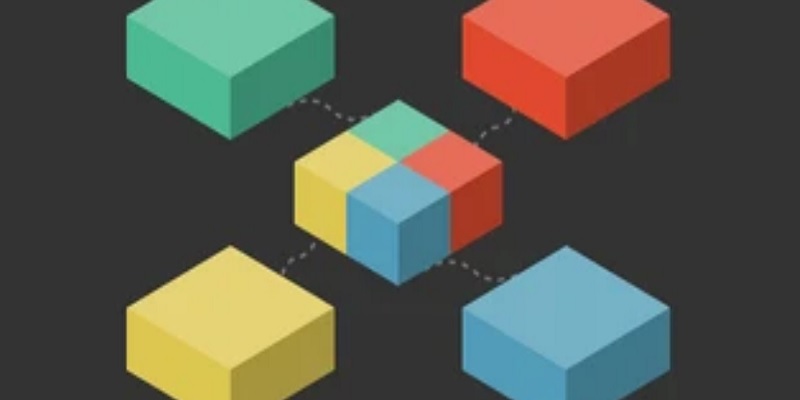Micro-learning is more than a trendy topic these days. It’s becoming a best practice for savvy training providers, especially since it can reduce the cost of content production by 50%. With such numbers, micro-learning could be a 100% improvement to your learning program and significantly impact the overall success of your training business. If you are thinking about why you should shift to creating more micro-learning topics, this post is for you.
What Is Micro-learning?
So, what is micro-learning? It’s a short burst of training content, typically no longer than five to seven minutes long, and focuses on one learning objective. It’s also perfect for just-in-time training. Examples of micro-learning include things such as:
- Short videos
- Infographics
- Simulations
- Branching scenarios
- Podcasts
- Social media
- Performance support tools
These types of media are why micro-learning is known for driving better retention than traditional long-form e-learning. One study showed that three days after a training event, the learners only retained 20% of the information learned. This is known as the Forgetting Curve. This fact alone should have any training provider thinking about how to better help learners retain provided information.
One way is to move from lengthy e-learning modules and shift to micro-learning. But how exactly does it drive better learning retention?
Combat the “Forgetting Curve”
Many training providers think that every short piece of content is micro-learning. But the length of the content is only one piece of the puzzle. Micro-learning also requires that the content focus on one learning objective. When working with subject matter experts, help them understand that not everything can be micro-learning. If the learning objective is too broad, a shift needs to happen to determine exactly what the learner must know. Micro-learning must be focused to benefit the learner. The key takeaway here is that being short is not enough. For something to be real micro-learning, it must be both short and hyper-focused.
Micro-learning is also one of the many tools that can be used to combat the forgetting curve. To aid learners’ memory, the educational content must be:
- Spaced out
- Overlearned
- Meaningful
- Able to be recalled easily
Micro-learning can provide all those factors to drive better retention in learning. It’s already a short burst of content, enabling you to create a drip feed to space out the learning. It’s also great for on-demand viewing because it enables the learner to return to the information whenever they want to. As for being meaningful, micro-learning can be easily customized for learners. It can be more impactful than attending a live training event.
Visual Media Drives Learning Retention
Finally, micro-learning consists of things like videos and infographics. These are visual media and can assist learners’ ability to recall the material being taught. For example, a learner who likes video essays will ruminate on all the information that they acquired days after watching. If they forget certain aspects, they can rewatch the essay and learn them again. All your client’s learners can do the same thing, thanks to the value that you have now added to your client’s training program.
As you can see, when it comes to driving better retention in learning, there is no better vehicle than micro-learning. It reduces your training production cost and drives better engagement. Since it’s short, it can easily be customized and it is hyper-visual. As a training provider, you should be aware of the Forgetting Curve and how, when used correctly, micro-learning can be an amazing tool to combat it.
Learning should be spaced out, overlearned, meaningful, and easy to recall. Micro-learning checks each of these boxes. Consider adding drip feeds into your training or other performance support tools, like job aids. All these things are micro-learning and can help drive better learning retention.
If you are interested in learning more about micro-learning and the tools that can be used to design it, check out the following resources:
- 4 Best Features of Multimedia Authoring Tools
- E-learning Authoring Tool Comparison: Rise vs Storyline
- How to Make Great Training Videos
Here at Firmwater, we don’t just sell an LMS for training providers. We partner with them, giving them the tools and insights that they need to implement the best practices in e-learning course development, business growth, and delivery. When they need help, we don’t let them wade through forums and chatbots.
Ready to use an LMS that’s designed for the way YOU work, with a team dedicated to YOUR needs? Book a no-obligation consultation directly with our team today!


